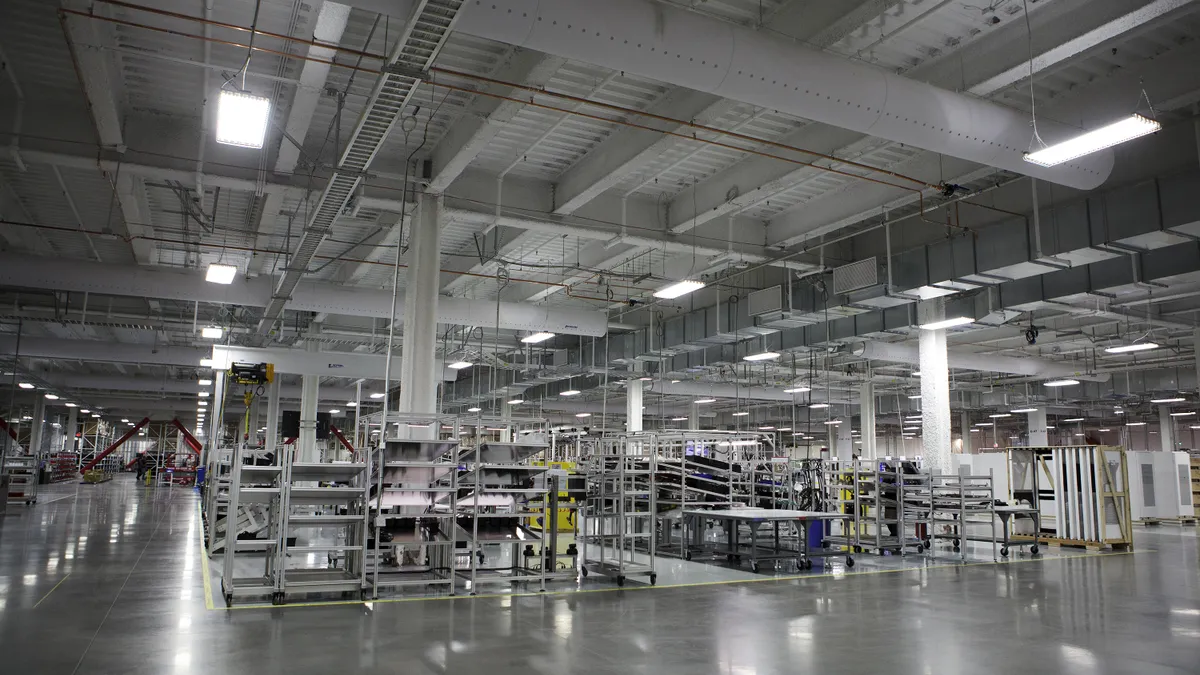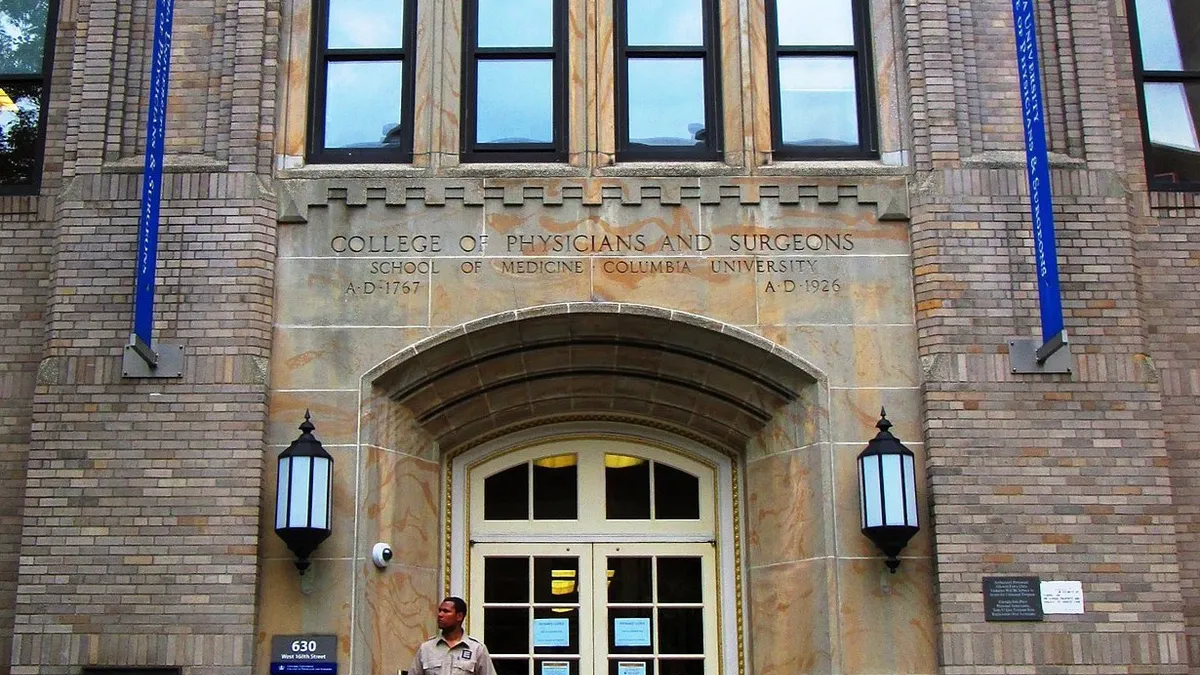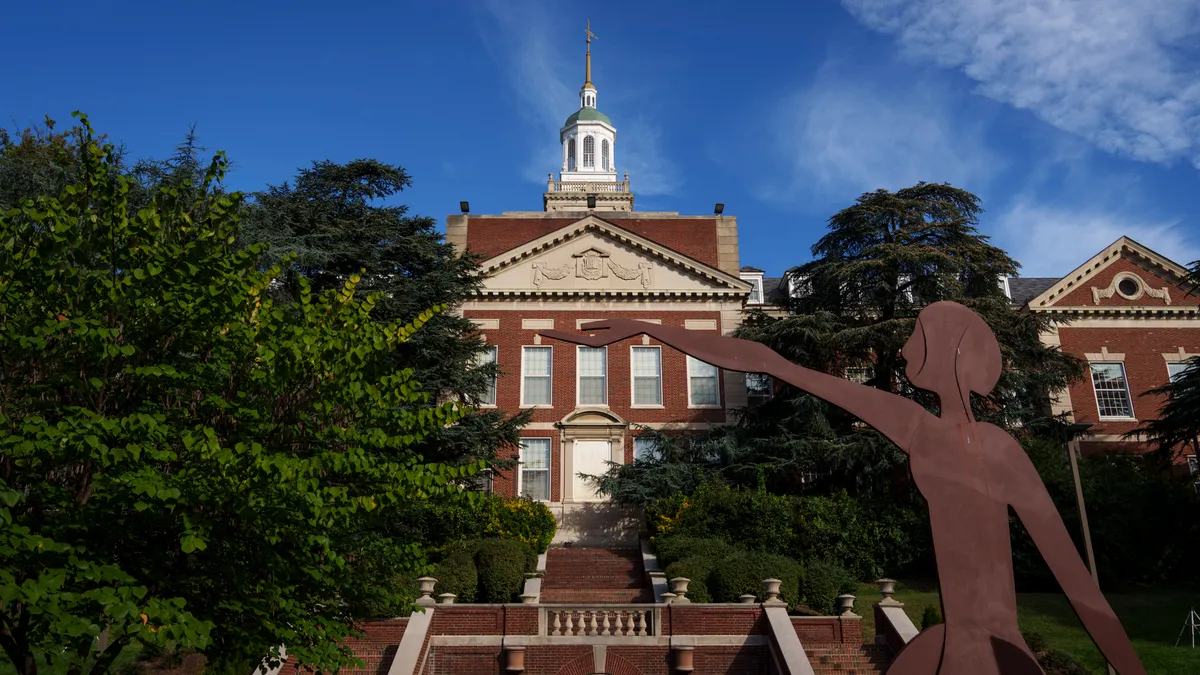Dive Brief:
- Colleges and universities must understand that automation is likely to continue replacing American manufacturing jobs, and schools should be training American workers to blossom in these burgeoning fields, according to Carnegie Mellon Professor Gary K. Fedder. In a recent interview with the Chronicle of Higher Education, Fedder said the school recently began construction on a new robotics center in Pittsburgh, at the site of a shuttered steel mill.
- Though the percentage of "good-paying" jobs has decreased for those without a four-year degree between 1991 and 2015, the number of good-paying jobs for those without such a degree has increased, according to the Georgetown University's Center on Education in the Workforce.
- Factories that receive help from Carnegie Mellon will be asked to institute apprenticeship programs for different groups who could benefit from substantive job training or retraining, including older workers and veterans. The lack of strong, nationwide job retraining programs has made it difficult to determine how they benefit workers, but Fedder hoped these apprenticeships could offer hope to any potential employee.
Dive Insight:
The new robotics center at Carnegie Mellon shows how Pittsburgh's research universities are helping the city to develop economic engines after the loss of manufacturing jobs. Companies like Google and Facebook opened offices in the area, in large part due to the technically-trained alumni network emanating from the city's higher ed institutions. The success of the area's research universities positively impacted the city's economy, and other institutions throughout the country have an opportunity to point to their example in order to encourage more state investment in robotics, technology and work training programs at higher ed institutions. Pittsburgh and other cities in similar circumstances show that it is not only theoretical that support for university programs can have a substantial positive impact on a region's economy.
There is broad bipartisan support for apprenticeship programs to offer job training. This week, several major companies, the American Association of Community Colleges and the U.S. Department of Labor released a memorandum of understanding stressing the need for apprenticeship expansion. Additionally, governors have said there needs to be more support, and governors joined forces to actively lobby for workforce development program federal funding earlier this year, this first time they had collectively lobbied in a a decade. The increased focus indicates the growing concern about how schools are training students or retraining current members of the workforce. The schools that most benefit from such funding opportunities will likely be those that prove they can forge strong relationships with private industry partners to develop mentorship and post-graduate job opportunities.
Rhode Island has been a particularly successful example of how private industry and public universities can work together to offer workforce development programs helping to yield positive results; the state had the country's highest unemployment rate in 2013-2014 and is now below the region's average. In an interview with Education Dive, State Secretary of Commerce Stefan Pryor attributed some of the state's success to the way in which the state worked to establish pipelines between high school, colleges and universities and industries in the state.











